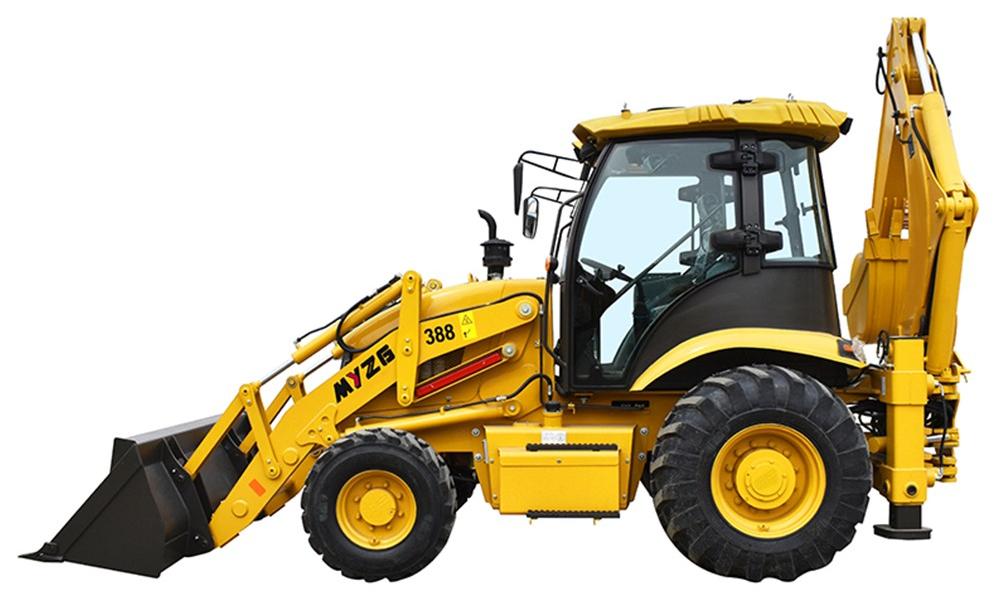A backhoe, a versatile construction equipment, can be a powerful tool for creating a beautiful pond in your backyard. With careful planning and proper technique, you can transform your outdoor space into a tranquil oasis.
Selecting the Right Backhoe Choosing the right backhoe is crucial for efficient pond digging. Consider factors like the pond's size and depth. For smaller ponds, a compact backhoe might suffice, while larger projects may require a more powerful machine. A reliable option is the Mingyu 388 backhoe, known for its versatility and performance.

Preparing the Site
- Clear the Area: Remove any debris, vegetation, and rocks from the desired pond location.
- Mark the Perimeter: Use stakes and string to outline the pond's shape and size.
- Consider Soil Type: Different soil types may affect the digging process. Clay soil can be more challenging to work with, while sandy soil may require additional reinforcement.
Digging the Pond
- Start Digging: Begin by using the backhoe's bucket to remove the topsoil.
- Create the Basin: Gradually dig deeper to form the pond's basin.
- Shape the Slopes: Use the backhoe to create gentle slopes around the pond's edge.
- Add a Shelf: Consider adding a shallow shelf around the perimeter for marginal plants.
Adding Water and Lining the Pond
- Fill the Pond: Once the desired depth is reached, fill the pond with water.
- Install a Liner: Choose a durable liner material like EPDM, PVC, or butyl rubber.
- Secure the Liner: Use rocks or weights to secure the liner in place.
Planting Aquatic Plants
- Select Plants: Choose plants that are suitable for your climate and pond size.
- Prepare the Planting Area: Create planting pockets in the pond's bottom or on the shelves.
- Plant the Plants: Carefully plant the aquatic plants, ensuring their roots are submerged.
Maintaining Your Pond
- Regular Water Testing: Monitor water quality parameters like pH, alkalinity, and nutrient levels.
- Water Changes: Periodically replace some of the pond water to maintain water quality.
- Algae Control: Use algaecides or natural methods like adding water lilies or using a UV sterilizer.
- Winter Preparation: Prepare your pond for winter by removing debris, lowering the water level, and adding ice melt products.
Final Thoughts
By following these steps and considering the specific requirements of your project, you can create a beautiful and functional pond. Remember to prioritize safety and environmental considerations throughout the process.
Post time:Nov.15.2024

